Birds

Since time immemorial, Native and Indigenous people have learned about the world through our relationships with birds. (Re)making relationships with birds through observation and storytelling means that we are also connecting with our ancestors by engaging in a practice that they also engaged in. Observing bird relatives helps us to know how to live in particular places and to understand patterns and changes in our ecosystems. When we find bird feathers, we can use them for crafts, making regalia and other spiritual items used in ceremony and prayer. This is one form of resurgence of our traditional lifeways and it is a gift from our bird relatives!
Download an overview of the bird arc here.
Bird Arc Activities
Download bird activities for you and your family below. All activities are interconnected and do not need to be done in any particular order. These activities are designed to help build relationships with and learn to appreciate the birds in our own backyards, neighborhoods, local parks, and/or forest preserves. This involves learning where to look for birds, which habitats are appropriate for which birds, and learning to identify birds by getting to know their appearance, location, flight patterns, and calls. The best times for this activity might be closer to dawn and dusk, but could happen any time of day.
Bird Cards
You can use these cards with many of the activities below to support your learning.

Bird Arc: Introduction
This short document gives an introduction to the Bird Arc and related activities.

Storytelling and Storylistening
Through the traditional stories in this activity, you will learn to appreciate the birds in our local surroundings.

Thinking Seasonally and Relationally
This activity gives you insight to the complexity of birds’ place in ecosystems through a keen understanding of seasonal cycles and relationships of birds.

Walking Land: Making Bird Relatives
During this activity, you will build relationships with bird relatives by going on a walk and making observations.

Walking Land: Nurturing Relations with Bird Relatives
Strengthen your relationship with birds by revisiting a bird relative in this second Walking Land activity.

Goose Photo by Jon Sailer on Unsplash


